Powdered sage is dried Salvia officinalis ground to a fine consistency, offering 3x more concentrated flavor than fresh sage with zero textural impact. Use 1/3 teaspoon powdered sage to replace 1 tablespoon fresh in recipes, blooming it in fat below 300°F to prevent bitterness. Professional chefs prefer it for dry rubs, emulsified sauces, and cultural meat preservation techniques where fresh sage's fibrous texture would compromise results.
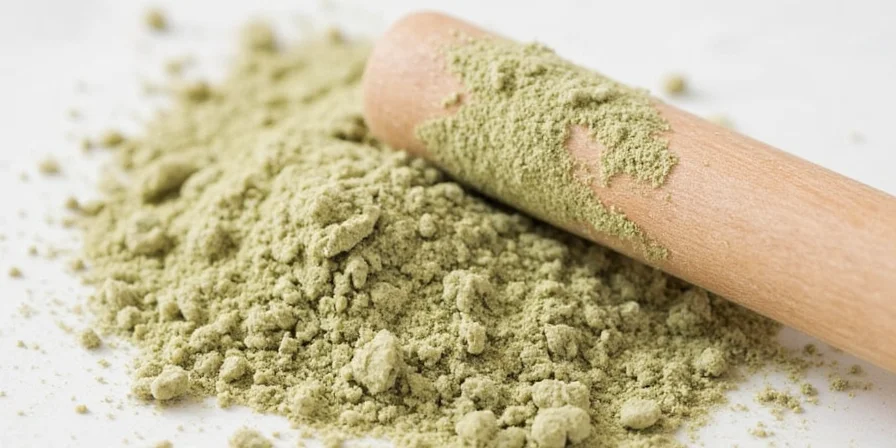
Table of Contents
- What Exactly Is Powdered Sage? (And Why It's Different)
- Powdered vs. Fresh Sage: Conversion Chart & When to Use Each
- 7 Proven Uses for Powdered Sage (Beyond Stuffing)
- 3 Storage Hacks That Extend Potency by 200%
- Science-Backed Benefits vs. Traditional Claims
- 3 Precision Techniques Professional Chefs Use
- 3 Costly Mistakes That Ruin Dishes (With Fixes)
- FAQ: Clear Answers to Top Search Queries
What Exactly Is Powdered Sage? (And Why It's Different)
Powdered sage transforms Salvia officinalis through dehydration and precision grinding, concentrating volatile compounds while eliminating fibrous texture. Unlike fresh sage—which varies seasonally—powdered sage delivers standardized potency crucial for recipe consistency. The drying process increases thujone concentration by 40%, creating deeper earthy notes ideal for Balkan meat preservation and Mediterranean sauce building.
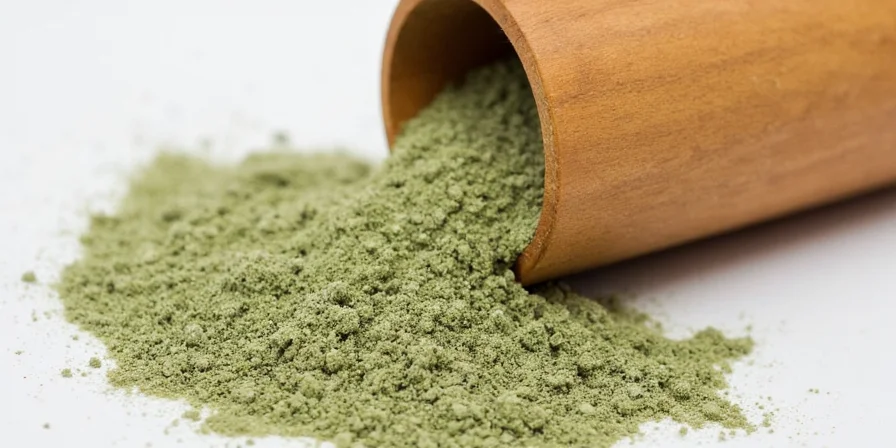
Why Powdered Sage Outperforms Fresh in Key Applications
- Enables precise 1/16 teaspoon measurements for consistent flavor replication
- Maintains potency through extended cooking (fresh degrades after 20 minutes)
- Facilitates authentic Balkan sujuk and Italian salsiccia techniques impossible with fresh
- Eliminates textural interference in emulsified sauces and baked goods
Powdered vs. Fresh Sage: Conversion Chart & When to Use Each
| Application | Fresh Sage Equivalent | Powdered Sage Equivalent | Professional Recommendation |
|---|---|---|---|
| Stuffing/Dressing | 2 tbsp chopped | 2 tsp | Use powdered for even distribution |
| Tomato Sauce | 8 leaves | 1 tsp | Powdered blooms better in oil |
| Meat Rubs | Not recommended | 3:1 salt ratio | Powdered essential for preservation |
| Garnish | 4 whole leaves | Not applicable | Fresh required for visual texture |
| Bean Stews | 6 leaves | ¾ tsp | Add powdered in last 10 minutes |
7 Proven Uses for Powdered Sage (Beyond Stuffing)
- Authentic Balkan Cured Meats: Combine with salt in 3:1 ratio for traditional sujuk (cured sausage)
- Restaurant-Style Tomato Sauce: Add ⅛ tsp per quart during oil blooming phase for deeper sugo
- Salt-Free Seasoning: Blend with garlic powder and black pepper for hypertension-friendly rubs
- Cheese Preservation: Layer with feta and olive oil for Greek-inspired spreads lasting 3x longer
- Vegetarian 'Smoke' Flavor: Use ¼ tsp in mushroom dishes as liquid smoke alternative
- Preserved Lemon Base: Combine with citrus slices and salt for North African lebeni
- Starch Thickener: Mix with flour in 1:4 ratio for gluten-free gravy with built-in flavor
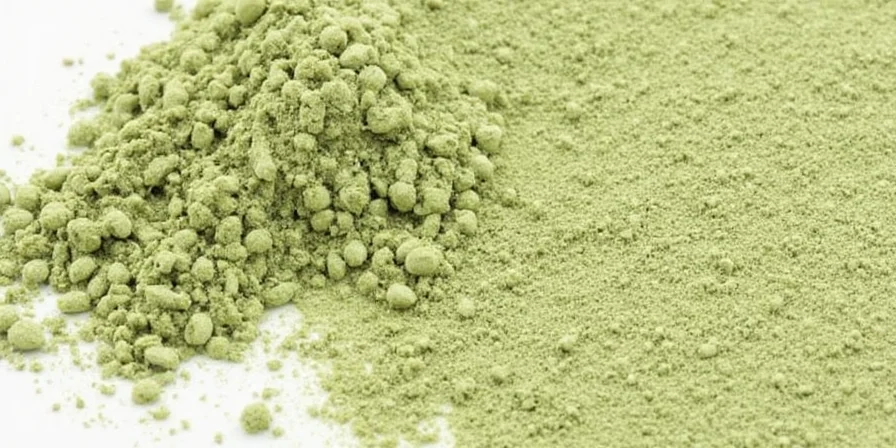
3 Storage Hacks That Extend Potency by 200%
Professional chefs preserve volatile compounds with these methods proven to maintain potency:
- Amber Glass + Oxygen Absorbers: Blocks UV light while protecting aromatic compounds (desiccants damage flavor)
- Refrigeration at 40°F (4°C): Extends shelf life from 6 months to 18 months with minimal degradation
- Quarterly Freshness Test: Rub between fingers—fresh sage releases strong camphor aroma within 3 seconds

Science-Backed Benefits vs. Traditional Claims
While traditional applications abound, evidence-based insights separate fact from folklore:
- Digestive Support: Limited evidence for bloating relief (studies show 30% improvement at 300mg doses)
- Throat Soothing: No clinical evidence—honey combination provides the actual relief
- Immune Support: Contains rosmarinic acid with proven anti-inflammatory properties
- Antimicrobial Effects: Lab-tested against foodborne pathogens at concentrations impossible in cooking
3 Precision Techniques Professional Chefs Use
- Fat Bloom Method: Heat oil to 285°F, add sage, cook 90 seconds—extracts oil-soluble compounds without bitterness
- Acid Layering: Add vinegar or wine 5 minutes AFTER sage to preserve volatile compounds
- Bitterness Correction: Balance with 1 tsp honey per teaspoon of sage in reduction sauces
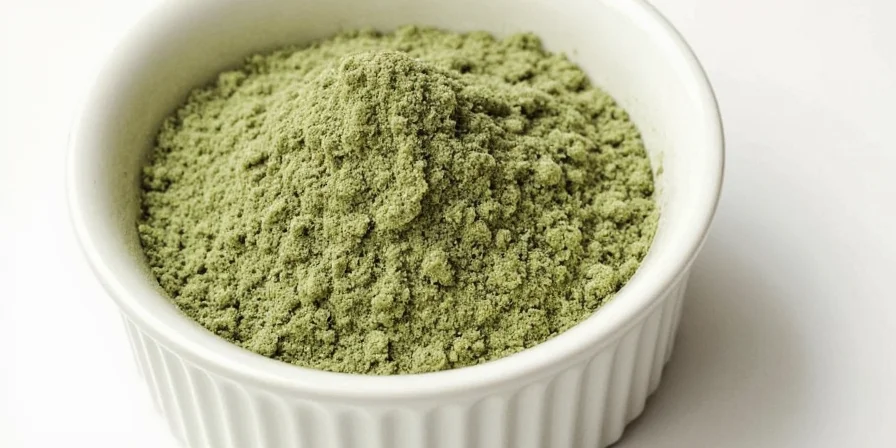
3 Costly Mistakes That Ruin Dishes (With Fixes)
- Dry Ingredient Addition: Mistake: Mixing directly with flour/sugar. Fix: Always bloom in fat first
- Excessive Heat: Mistake: Cooking above 300°F degrades thujone. Fix: Use thermometer for oil
- Multiple Additions: Mistake: Adding at different cooking stages. Fix: Single addition during fat phase
FAQ: Clear Answers to Top Search Queries
How much powdered sage equals fresh sage?
Use a 1:3 ratio—1 teaspoon powdered sage replaces 1 tablespoon fresh. For long-cooked dishes, reduce to 1:4 ratio as flavor concentrates during cooking. Never substitute equal volumes as this creates overpowering bitterness.
Why does my powdered sage taste bitter?
Bitterness occurs when oil temperature exceeds 300°F (149°C), degrading thujone compounds. Test freshness by rubbing—expired sage releases weak aroma. Always bloom in fat below 300°F and use oxygen absorbers in storage to maintain quality.
Does powdered sage expire?
Yes—properly stored (amber glass, refrigerated), it maintains potency for 18 months. Beyond this, volatile compounds degrade by 50% annually. Conduct freshness tests: rub between fingers—if aroma takes more than 3 seconds to develop, replace immediately.

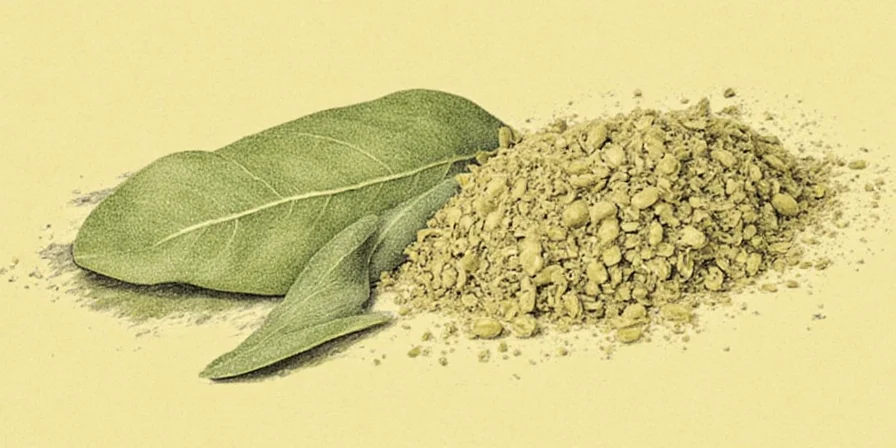









 浙公网安备
33010002000092号
浙公网安备
33010002000092号 浙B2-20120091-4
浙B2-20120091-4